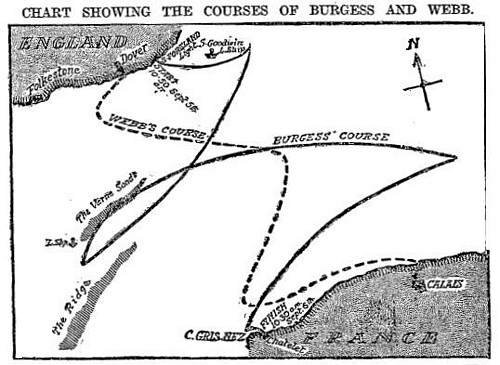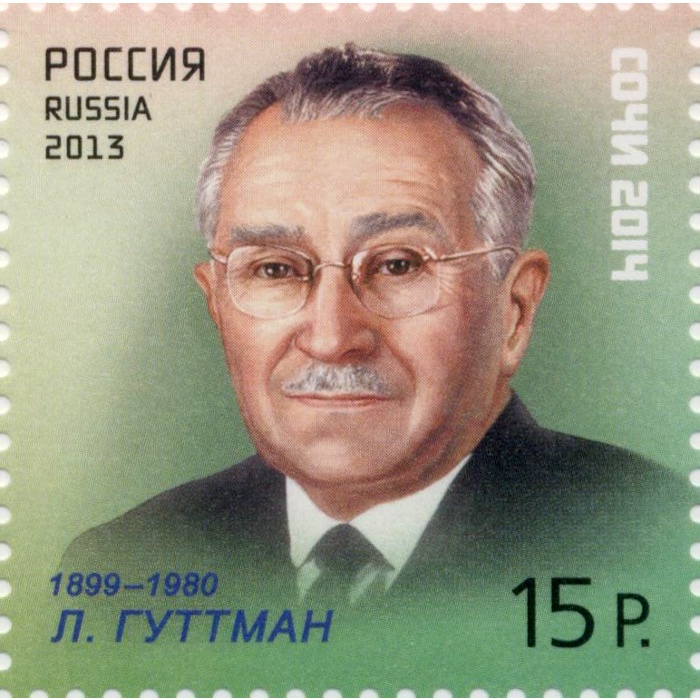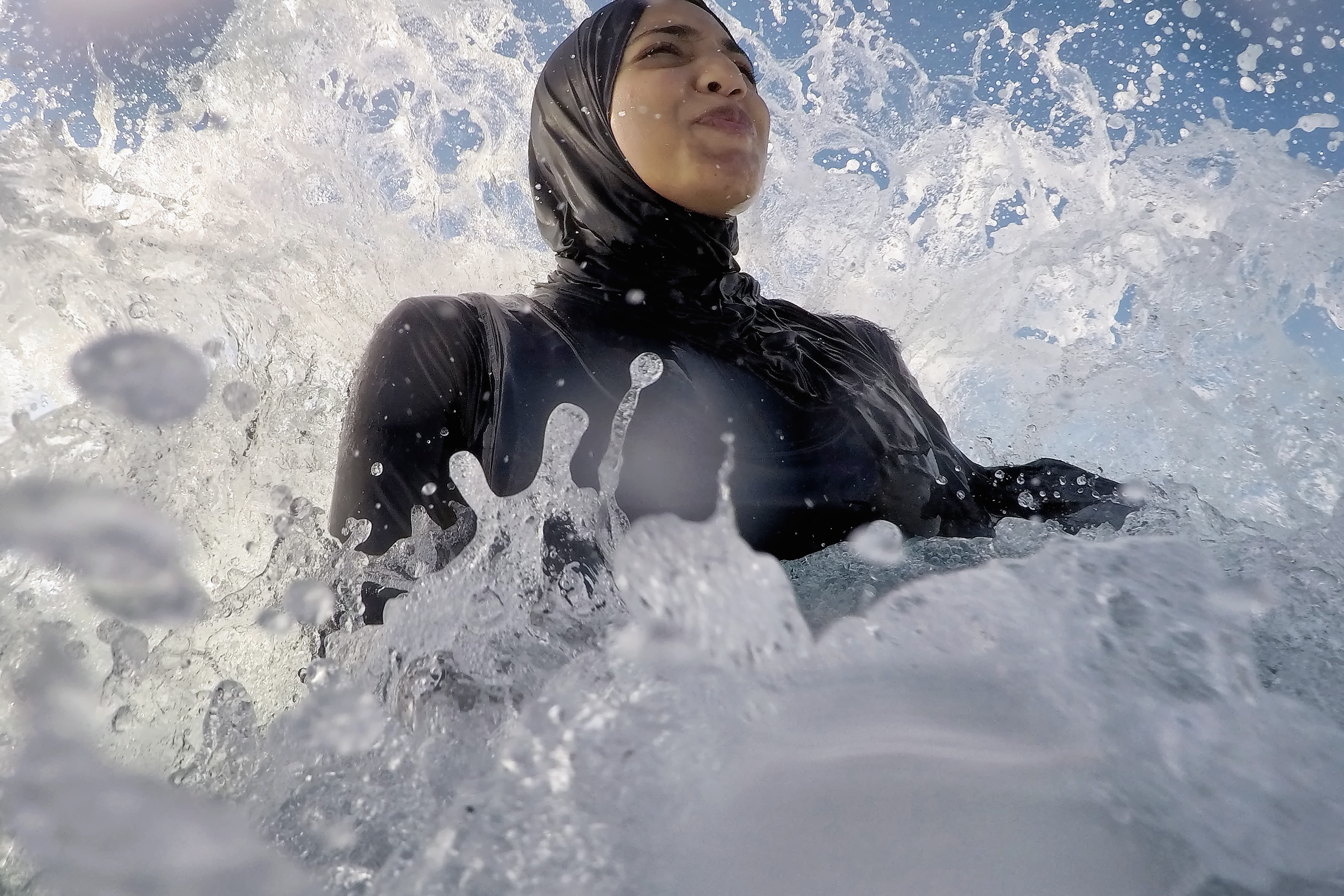|
Junichi Kawai
is a Japanese Paralympic swimmer competing mainly in category S11 events. Career Junichi has competed in five summer paralympics winning a total of 21 medals, five gold nine silver and seven bronze. His first games came in 1992 when he competed in the 400m freestyle and won bronze in the 100m backstroke, 200m backstroke and 200m Medley and silver in both the 50m and 100m freestyle. In 1996 in Atlanta he competed in the 100m breaststroke and butterfly and won bronze in the 200m Medley, silver in the 100m backstroke and gold in both the 50m and 100m freestyle. In the 2000 Summer Paralympics he defended his 50m freestyle title but slipped to second in the 100m freestyle but also won a gold as part of the Japanese 4 × 100 m medley team and added a further two silver medals in the 100m backstroke and 200m medley. 2004 would see him win his third consecutive gold at the 50m freestyle, he also won silvers in the 100m butterfly and freestyle and bronze ... [...More Info...] [...Related Items...] OR: [Wikipedia] [Google] [Baidu] |
Swimming (sport)
Swimming is an individual or team racing sport that requires the use of one's entire body to move through water. The sport takes place in pools or open water (e.g., in a sea or lake). Competitive swimming is one of the most popular Olympic sports, with varied distance events in butterfly, backstroke, breaststroke, freestyle, and individual medley. In addition to these individual events, four swimmers can take part in either a freestyle or medley relay. A medley relay consists of four swimmers who will each swim a different stroke, ordered as backstroke, breaststroke, butterfly and freestyle. Swimming each stroke requires a set of specific techniques; in competition, there are distinct regulations concerning the acceptable form for each individual stroke. There are also regulations on what types of swimsuits, caps, jewelry and injury tape that are allowed at competitions. Although it is possible for competitive swimmers to incur several injuries from the sport, such as te ... [...More Info...] [...Related Items...] OR: [Wikipedia] [Google] [Baidu] |
Swimming At The 2004 Summer Paralympics – Men's 100 Metre Butterfly S11
The Men's 100 metre butterfly S11 swimming event at the 2004 Summer Paralympics was competed on 21 September. It was won by Viktor Smyrnov Viktor Smyrnov (born 2 August 1986 in Donetsk, Ukrainian SSR) is a paralympic swimmer from Ukraine competing mainly in category S11 events. Viktor has competed at two Paralympic games, winning ten medals, five of them gold. In the 2004 Summer ..., representing . 1st round ;Heat 1 ''21 Sept. 2004, morning session'' ;Heat 2 ''21 Sept. 2004, morning session'' Final round ''21 Sept. 2004, evening session'' References {{DEFAULTSORT:Swimming at the 2004 Summer Paralympics - Men's 100 metre butterfly S11 M ... [...More Info...] [...Related Items...] OR: [Wikipedia] [Google] [Baidu] |
Enhamed Enhamed
Enhamed Enhamed Mohamed Yahdih (born 11 September 1987 in Las Palmas, Canary Islands) is a Paralympic swimmer from Spain. He is an B1/S11 type swimmer. Personal Enhamed is blind. A motivational speaker, Enhamed likes to describe the moment that he became blind at the age of eight, as "the day I won my blindness". His family immigrated to Spain from Morocco. Swimming A vision impaired swimmer, he has a "tapper" who taps him so he knows when he has to initiate a turn in the water. In 2010, he raced at the Tenerife International Open. Before the 2010 Adapted Swimming World Championship in the Netherlands, he went to a swimming camp with the national team that was part of the Paralympic High Performance Program (HARP Program). He raced at the 2011 IPC European Swimming Championships in Berlin, Germany. Paralympics He raced at the 2004 Summer Paralympics. He finished third in the 400 meter Freestyle and 100 meter Butterfly races. He raced at the 2008 Summer Paralympics. H ... [...More Info...] [...Related Items...] OR: [Wikipedia] [Google] [Baidu] |
Swimmer
Swimming is an individual or team racing sport that requires the use of one's entire body to move through water. The sport takes place in pools or open water (e.g., in a sea or lake). Competitive swimming is one of the most popular Olympic sports, with varied distance events in butterfly, backstroke, breaststroke, freestyle, and individual medley. In addition to these individual events, four swimmers can take part in either a freestyle or medley relay. A medley relay consists of four swimmers who will each swim a different stroke, ordered as backstroke, breaststroke, butterfly and freestyle. Swimming each stroke requires a set of specific techniques; in competition, there are distinct regulations concerning the acceptable form for each individual stroke. There are also regulations on what types of swimsuits, caps, jewelry and injury tape that are allowed at competitions. Although it is possible for competitive swimmers to incur several injuries from the sport, such as tend ... [...More Info...] [...Related Items...] OR: [Wikipedia] [Google] [Baidu] |
Paralympic
The Paralympic Games or Paralympics, also known as the ''Games of the Paralympiad'', is a periodic series of international multisport events involving athletes with a range of physical disabilities, including impaired muscle power and impaired passive range of movement, limb deficiency, leg length difference, short stature, hypertonia, ataxia, athetosis, vision impairment and intellectual impairment. There are Winter and Summer Paralympic Games, which since the 1988 Summer Olympics in Seoul, South Korea, are held almost immediately following the respective Olympic Games. All Paralympic Games are governed by the International Paralympic Committee (IPC). The Paralympics has grown from a small gathering of British World War II veterans in 1948 to become one of the largest international sporting events by the early 21st century. The Paralympics has grown from 400 athletes with a disability from 23 countries in Rome 1960, where they were proposed by doctor Antonio Maglio, to 4, ... [...More Info...] [...Related Items...] OR: [Wikipedia] [Google] [Baidu] |
Swimming At The 2008 Summer Paralympics – Men's 100 Metre Butterfly S11
The men's 100m butterfly S11 event at the 2008 Summer Paralympics took place at the Beijing National Aquatics Center The National Aquatics Centre (), and colloquially known as the Water Cube () and the Ice Cube (), is an aquatics center at the Olympic Green in Beijing, China. The facility was originally constructed to host the aquatics competitions at the ... on 9 September. There were two heats; the swimmers with the eight fastest times advanced to the final. The final produced a dead-heat for third place and two bronze medals were awarded. Results Heats Competed from 09:40. Heat 1 Heat 2 Final Competed at 17:44. Q = qualified for final. WR = World Record. DQ = Disqualified. References * * {{DEFAULTSORT:Swimming at the 2008 Summer Paralympics - Men's 100 metre butterfly S11 Swimming at the 2008 Summer Paralympics ... [...More Info...] [...Related Items...] OR: [Wikipedia] [Google] [Baidu] |
Swimming At The 2004 Summer Paralympics – Men's 4 X 100 Metre Freestyle Relay 49pts
Swimming is the self-propulsion of a person through water, or other liquid, usually for recreation, sport, exercise, or survival. Locomotion is achieved through coordinated movement of the limbs and the body to achieve hydrodynamic thrust that results in directional motion. Humans can hold their breath underwater and undertake rudimentary locomotive swimming within weeks of birth, as a survival response. Swimming is consistently among the top public recreational activities, and in some countries, swimming lessons are a compulsory part of the educational curriculum. As a formalized sport, swimming is featured in a range of local, national, and international competitions, including every modern Summer Olympics. Swimming involves repeated motions known as strokes in order to propel the body forward. While the front crawl, also known as freestyle, is widely regarded as the fastest out of four primary strokes, other strokes are practiced for special purposes, such as for training. ... [...More Info...] [...Related Items...] OR: [Wikipedia] [Google] [Baidu] |
Swimming At The 2004 Summer Paralympics – Men's 100 Metre Backstroke S11
The Men's 100 metre backstroke S11 swimming event at the 2004 Summer Paralympics was competed on 25 September. It was won by Viktor Smyrnov Viktor Smyrnov (born 2 August 1986 in Donetsk, Ukrainian SSR) is a paralympic swimmer from Ukraine competing mainly in category S11 events. Viktor has competed at two Paralympic games, winning ten medals, five of them gold. In the 2004 Summer ..., representing . 1st round ;Heat 1 ''25 Sept. 2004, morning session'' ;Heat 2 ''25 Sept. 2004, morning session'' Final round ''25 Sept. 2004, evening session'' References {{DEFAULTSORT:Swimming at the 2004 Summer Paralympics - Men's 100 metre backstroke S11 M ... [...More Info...] [...Related Items...] OR: [Wikipedia] [Google] [Baidu] |
" title="Click for more on -> Swimming At The 1996 Summer Paralympics">Swimming At The 1996 Summer Paralympics
--->
Swimming At The 1996 Summer Paralympics
Swimming is the self-propulsion of a person through water, or other liquid, usually for recreation, sport, exercise, or survival. Locomotion is achieved through coordinated movement of the limbs and the body to achieve hydrodynamic thrust that results in directional motion. Humans can hold their breath underwater and undertake rudimentary locomotive swimming within weeks of birth, as a survival response. Swimming is consistently among the top public recreational activities, and in some countries, swimming lessons are a compulsory part of the educational curriculum. As a formalized sport, swimming is featured in a range of local, national, and international competitions, including every modern Summer Olympics. Swimming involves repeated motions known as strokes in order to propel the body forward. While the front crawl, also known as freestyle, is widely regarded as the fastest out of four primary strokes, other strokes are practiced for special purposes, such as for training. ... [...More Info...] [...Related Items...] OR: [Wikipedia] [Google] " target=_blank style="text-decoration:none;"> [Bing] --> " target=_blank style="text-decoration:none;"> [Yahoo] --> " target=_blank style="text-decoration:none;"> [DuckDuckGo] --> [Baidu] |
" title="Click for more on -> Swimming At The 1992 Summer Paralympics">Swimming At The 1992 Summer Paralympics
--->
Swimming At The 1992 Summer Paralympics
Swimming is the self-propulsion of a person through water, or other liquid, usually for recreation, sport, exercise, or survival. Locomotion is achieved through coordinated movement of the limbs and the body to achieve hydrodynamic thrust that results in directional motion. Humans can hold their breath underwater and undertake rudimentary locomotive swimming within weeks of birth, as a survival response. Swimming is consistently among the top public recreational activities, and in some countries, swimming lessons are a compulsory part of the educational curriculum. As a formalized sport, swimming is featured in a range of local, national, and international competitions, including every modern Summer Olympics. Swimming involves repeated motions known as strokes in order to propel the body forward. While the front crawl, also known as freestyle, is widely regarded as the fastest out of four primary strokes, other strokes are practiced for special purposes, such as for training. ... [...More Info...] [...Related Items...] OR: [Wikipedia] [Google] " target=_blank style="text-decoration:none;"> [Bing] --> " target=_blank style="text-decoration:none;"> [Yahoo] --> " target=_blank style="text-decoration:none;"> [DuckDuckGo] --> [Baidu] |
" title="Click for more on -> Swimming At The 1992 Summer Paralympics">Swimming At The 1992 Summer Paralympics
--->
Swimming At The 1992 Summer Paralympics
Swimming is the self-propulsion of a person through water, or other liquid, usually for recreation, sport, exercise, or survival. Locomotion is achieved through coordinated movement of the limbs and the body to achieve hydrodynamic thrust that results in directional motion. Humans can hold their breath underwater and undertake rudimentary locomotive swimming within weeks of birth, as a survival response. Swimming is consistently among the top public recreational activities, and in some countries, swimming lessons are a compulsory part of the educational curriculum. As a formalized sport, swimming is featured in a range of local, national, and international competitions, including every modern Summer Olympics. Swimming involves repeated motions known as strokes in order to propel the body forward. While the front crawl, also known as freestyle, is widely regarded as the fastest out of four primary strokes, other strokes are practiced for special purposes, such as for training. ... [...More Info...] [...Related Items...] OR: [Wikipedia] [Google] " target=_blank style="text-decoration:none;"> [Bing] --> " target=_blank style="text-decoration:none;"> [Yahoo] --> " target=_blank style="text-decoration:none;"> [DuckDuckGo] --> [Baidu] |
" title="Click for more on -> Swimming At The 1992 Summer Paralympics">Swimming At The 1992 Summer Paralympics
--->
Swimming At The 1992 Summer Paralympics
Swimming is the self-propulsion of a person through water, or other liquid, usually for recreation, sport, exercise, or survival. Locomotion is achieved through coordinated movement of the limbs and the body to achieve hydrodynamic thrust that results in directional motion. Humans can hold their breath underwater and undertake rudimentary locomotive swimming within weeks of birth, as a survival response. Swimming is consistently among the top public recreational activities, and in some countries, swimming lessons are a compulsory part of the educational curriculum. As a formalized sport, swimming is featured in a range of local, national, and international competitions, including every modern Summer Olympics. Swimming involves repeated motions known as strokes in order to propel the body forward. While the front crawl, also known as freestyle, is widely regarded as the fastest out of four primary strokes, other strokes are practiced for special purposes, such as for training. ... [...More Info...] [...Related Items...] OR: [Wikipedia] [Google] " target=_blank style="text-decoration:none;"> [Bing] --> " target=_blank style="text-decoration:none;"> [Yahoo] --> " target=_blank style="text-decoration:none;"> [DuckDuckGo] --> [Baidu] |






